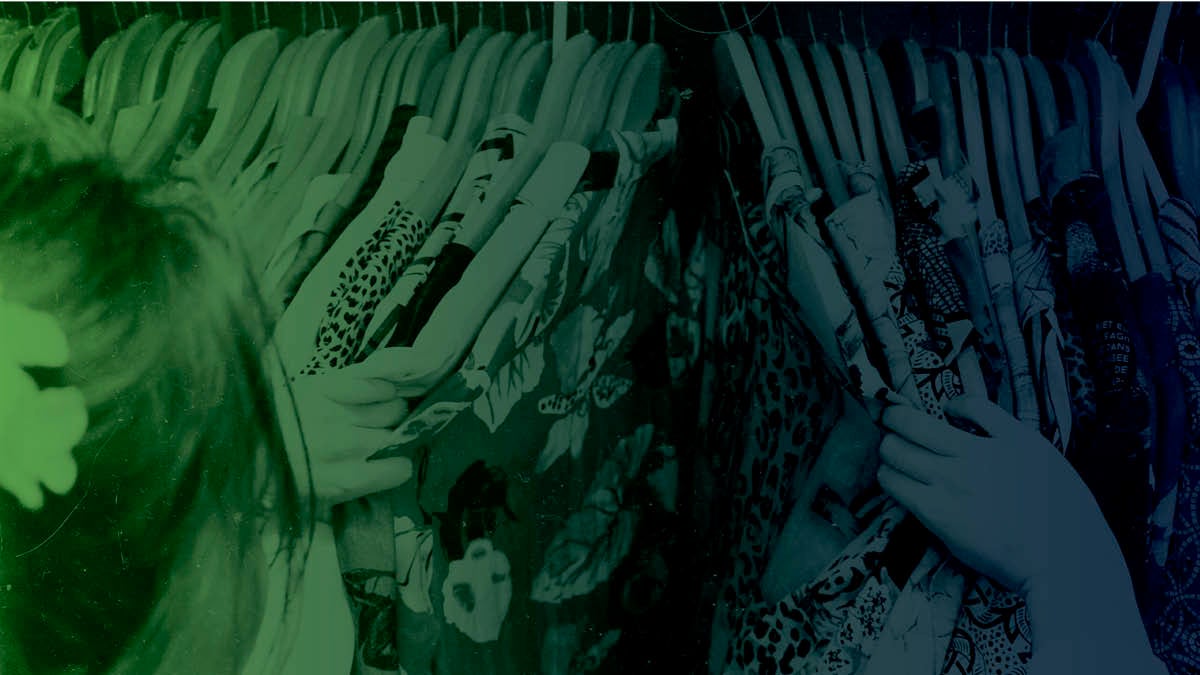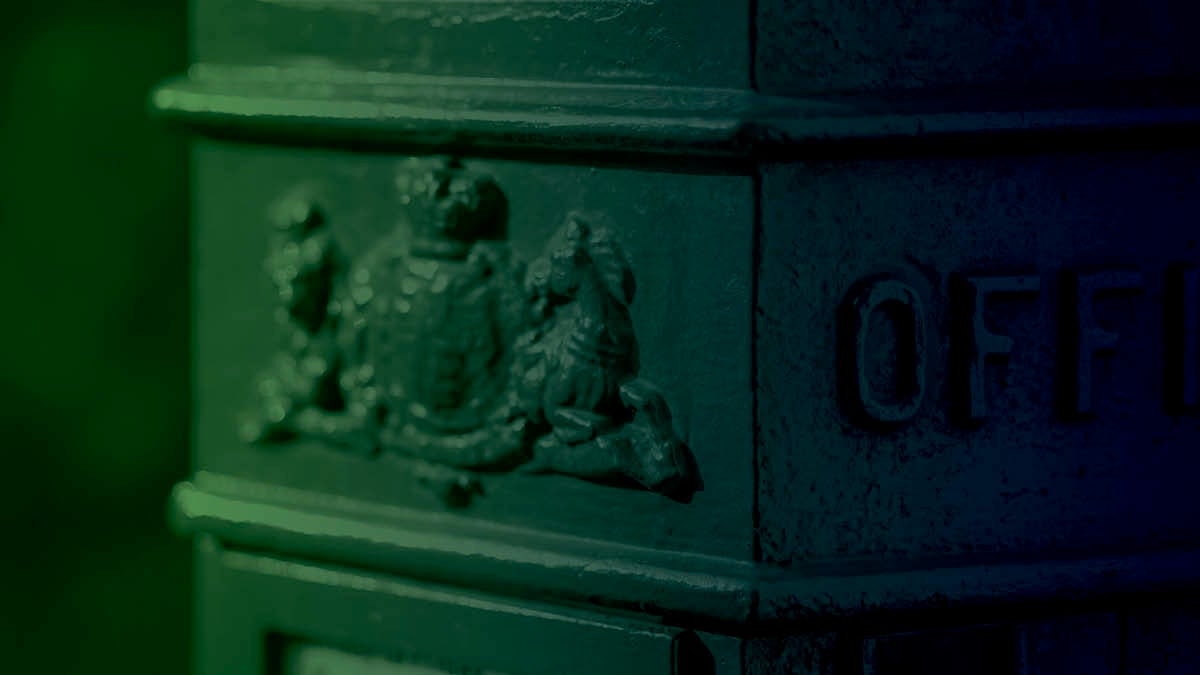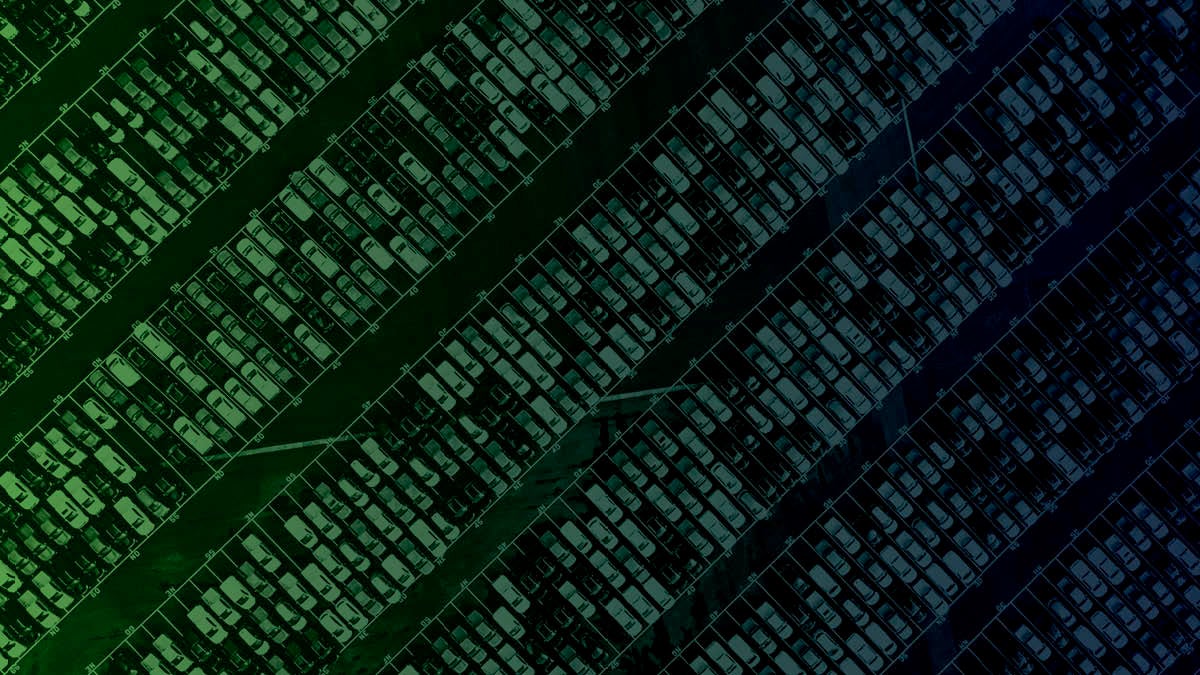Businesses are coming under increasing pressure to demonstrate their social and environmental credentials, with a sustainable supply chain becoming a key criterion of a responsible company.
In the globalised world of commerce, creating a sustainable supply chain is not easy. Large suppliers have their own suppliers that in turn have suppliers and so on. Checking every last tier for unethical working conditions or dodgy business practices is a daunting task even for the most conscientious buyers.
Large companies have tended to adopt one of two tactics. Option one: set an explicit code of conduct and work with top-tier suppliers to enforce it. Option two: cut out the middlemen by identifying verified sustainable sources and trading direct.
While social and environmental standards in supply chain operations are progressively improving, neither strategy is providing the cast-iron guarantee consumers want.
Step forward a new generation of innovators seeking to drive forward supply chain transparency and sustainability. From rethinking plastics to redesigning fashion, these changemakers are pushing change at every link of complex supply chains.
1. Radical transparency
Supply chain transparency has emerged as a critical watchword for the sustainable supply chain. Leading the way is Trase (Transparency for Sustainable Economies). Driven by Oxford-based sustainability specialist Global Canopy, Trase provides access to previously untapped trade data for high-risk commodities such as palm oil and soya. Buyers can draw on the information to track social and environmental issues of concern.
Toby Gardner, director of the Trase initiative, cites the example of Brazilian beef. Using Trase, it is now possible to calculate the level of deforestation caused by the country’s $6-billion-a-year beef industry. Answer: a staggering 5,800sqkm between 2015 and 2017. Better still, the tool can pinpoint alleged culprits, with giant Brazilian meat conglomerate JBS accused of being a top offender.
“With this traceability, we can for the first time link companies and consumers to the places of production and to the risk of being connected to impacts on the ground,” says Dr Gardner.
Performing a similar function is Global Forest Watch, which uses satellite data to increase supply chain transparency for high-impact commodities in real time. Describing it as a “breakthrough in supply chain monitoring”, Crystal Davis of the World Resources Institute, which operates the tool, credits it with helping hold suppliers with bad business practices to account.

2. Redesigning fast fashion
Egged on by rock-bottom prices, UK shoppers now purchase more clothes than any other European country. But one million tonnes of textiles end up in landfill every year. Step up fashion tech startup Unmade. The London-based firm works with leading fashion brands to help shoppers customise their clothes. The idea is consumers will bin less if they have a hand in designing what they buy.
Unmade’s sustainability efforts centre on a software program that enables shoppers to tinker with the designs of their favourite brands ahead of production. The latest big brand to get on board is US sneaker manufacturer New Balance. Existing partners include Opening Ceremony, Christopher Raeburn and Rapha Custom. Using Unmade’s software, shoppers can now go online and choose their own colour, text and graphics for New Balance’s first customisable shoe.
Retailing at £100, the price makes the shoes an unlikely impulse buy. That’s no bad thing if today’s “broken” and “disconnected” fashion supply chain is to be fixed, says Unmade’s chief executive Hal Watts. Only by connecting demand directly to supply can the guesswork be taken out of fashion production, he argues.

3. Concentrating on sustainability
Liquid isn’t light, which makes it difficult and expensive to transport. Enter product concentrates. The idea is simple: rather than make it up as a liquid at source, consumers buy their products in powder form and then just add water. A shining light in this burgeoning market is Splosh, a Wales-based startup that sells everything from laundry detergents to fabric conditioners in powder form.
Several additional innovations add an extra notch to its already impressive sustainability performance. Firstly, all its ready-to-use products are packaged so they can be slipped through a standard letterbox, saving on gas-guzzling trips to the shops. Second, it offers a free take-back service for all its plastic refill containers, which it then upcycles into new products, such as ice scrapers.
It’s a stellar example of a sustainable supply chain, says Splosh founder Angus Grahame, who credits his solution for two major breakthroughs. “First, it has allowed us to sell direct and so cut out the supermarkets. Second, because all our products are refillable, we’ve eliminated plastic waste,” he says.

4. Fuel of the future
Transportation represents a significant chunk of the environmental impacts of most supply chain operations. But hydrogen is a sustainable alternative fuel. When burned with oxygen, hydrogen only releases water. Its flexible too and can replace petrol in cars and natural gas in domestic boilers.
Although hydrogen has yet to attract the investment it needs to reach serious scale, early innovators are not waiting around. In Leeds, for example, feasibility studies are underway to switch the city’s entire pipeline network to hydrogen. In Germany, meanwhile, plans are in train to build hundreds of hydrogen filling stations across the country.
One of the most exciting innovations is happening at sea. Currently touring the world’s oceans is a 30-metre-long catamaran fuelled on nothing but hydrogen extracted from sea water. The multi-hull Energy Observer is on a six-year voyage to demonstrate the viability of hydrogen for global shipping, which is responsible for 13 per cent of all Europe’s transport emissions. So far the crew has clocked up 18,000km and ticked off half the 50 countries on the boat’s itinerary. Total emissions are zero.

5. Smart plastics
With plastic waste top of consumer concerns, the packaging industry is investing heavily in a slew of programmes to do their bit for the sustainable supply chain. Many focus on alternatives to petroleum-based formulations, with potential substitutes encompassing everything from milk and sugarcane to starch and lignin from plants and wood.
Other potential breakthroughs are occurring at the design stage, with experts such as UK recycler Vanden advising packaging manufacturers on how to remove obstacles to recycling, such as barrier layers and mixed polymers.
Smart tech innovators are also experimenting with nanotechnology to make packing as efficient as possible. Nanotechnology alters matter on a molecular level, which means food packaging can potentially change colour if food starts going off, explains Dominic Watkins, of law firm DWF.
Confusion over best-before labels often leads to perfectly edible food being thrown away. Mr Watkins posits: “Wouldn’t it be much easier if your milk bottle changed colour as it was nearing the end of its life?”
1. Radical transparency

2. Redesigning fast fashion


